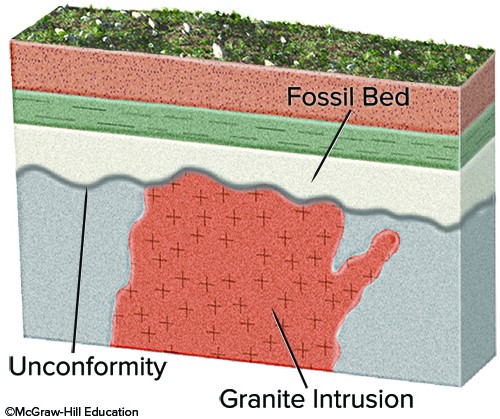Future world population increase is likely. Which of the following is likely to become an issue?
A. Demand for energy will decrease.
B. There will be a greater impact on non-human organisms.
C. Food and other raw materials will cease to be a problem.
D. Living conditions will improve.
Answer: B
You might also like to view...
The seismic moment is calculated by multiplying all but which of the following quantities together?
A. The shear strength of the rocks B. The average displacement (slip) on the fault C. The Modified Mercalli Intensity at the epicenter D. The rupture area of the fault
How have scientists used isotopic analysis to determine the rise of atmospheric CO2 is mostly from the burning of fossil fuels?
A) Since 14C is an unstable isotope, scientists have dated the atmospheric carbon to the period since the Industrial Revolution. B) Both coal and oil contain a high proportion of 14C. By analyzing, 14C/12C ratios, scientists have been able to determine the source based on this fact. C) The low proportions of 13C and 14C within atmospheric CO2 indicates the source is fossil carbon. D) 14C concentrations are much higher in urban areas than in rural areas, indicating fossil fuels must have a higher 14C/12C ratio than carbon from other sources.
According to the U.S. Environmental Protection Agency (EPA), children are ____ times more susceptible to the effects of toxic chemicals compared to adults.
A. 2 B. 4 C. 6 D. 10 E. 50
What would fossil ages from the geologic timescale and an isotopic age on the granite tell us about the age of the unconformity?
A. It is not possible to have fossils preserved so close to granite. B. The unconformity is older than the age assigned to the fossils. C. The granite is younger than the unconformity. D. The unconformity is older than the isotopic age of the granite. E. None of these choices are correct.